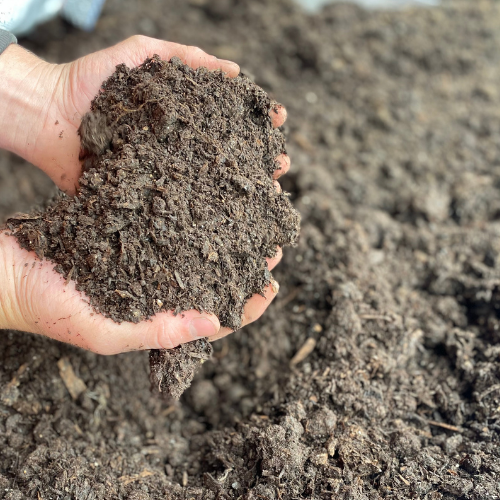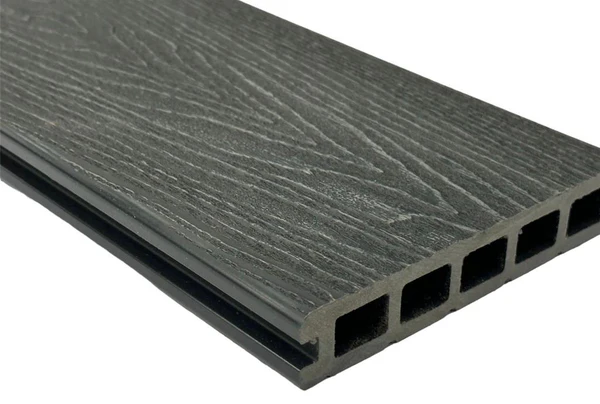- Ensure the soil is well-draining and has good aeration.
- Check the pH of your soil. Mushroom compost is often slightly alkaline, so it’s essential to monitor and adjust pH if necessary.
- Mix the mushroom compost thoroughly with your existing soil. Aim for an even distribution.
- Spread a layer of mushroom compost over garden beds, typically around 2 to 4 inches deep.
- Use mushroom compost as a mulch around plants. This helps retain moisture, suppress weeds, and gradually releases nutrients.
- Mix mushroom compost into the soil of your vegetable garden to enhance fertility and provide a nutrient boost.
- When potting plants in containers, blend mushroom compost with potting soil to improve water retention and nutrient content.
- Lightly spread a thin layer of mushroom compost over the lawn and rake it in for an organic lawn fertiliser.
- Water the area well after incorporating mushroom compost to help it settle and release nutrients.
- Observe how your plants respond to the mushroom compost. Adjust the quantity based on the needs of specific plants.

Remember that while mushroom compost is a valuable soil amendment, it’s advisable not to rely solely on it for all your plant’s nutritional needs.
It works best when used in conjunction with a well-balanced fertiliser regimen. Additionally, different brands of mushroom compost may have varying compositions, so be aware of the specific characteristics of the product you’re using.


